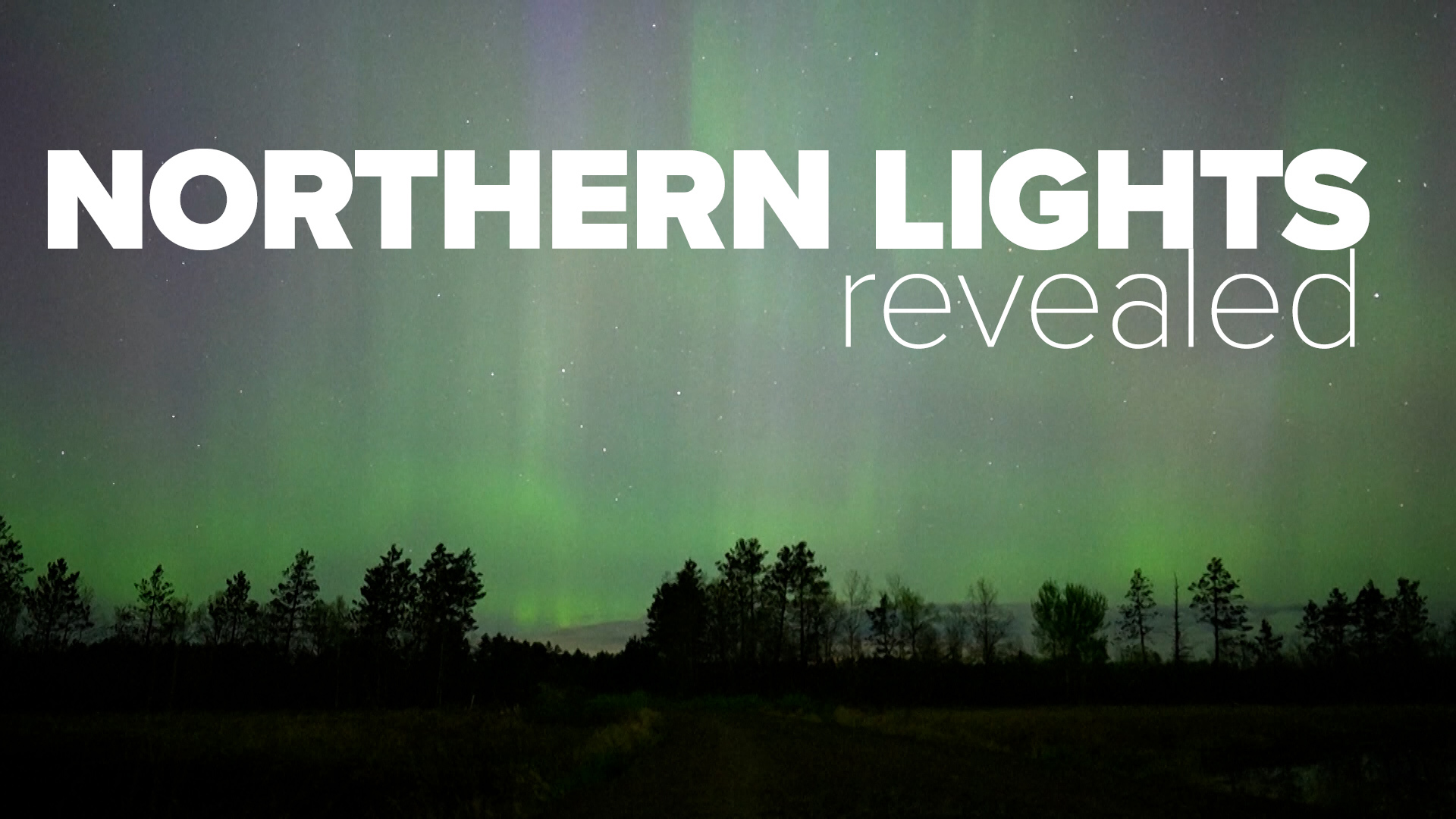WASHINGTON, USA — Well, it's happening again! The aurora borealis will dance across Earth's sky tonight.
While skies are expected to clear out Wednesday night, the storm isn't expected to be as strong as the May 11 storm.
A strong geomagnetic storm is on track to interact with Earth's magnetic field from July 30 through the early morning hours of Aug. 1. Unlike the last big event in May, which was rated a G5 (ratings are from G1 to G5 with G1 being a weaker storm and G5 being the strongest), this storm has been classified a G3 by NOAA. Also unlike last time, there are clouds in the forecast.
The storm peaked overnight July 30 (Monday night into Tuesday morning) when it had a classification of a G3 storm. The following nights will be weaker as the event will be at G2 levels.
With our current weather system bringing us the first measurable rainfall of the month, seeing the Northern Lights Monday and Tuesday nights was virtually impossible with the cloud coverage.
The clouds are expected to clear out Wednesday and will remain clear into the foreseeable future. A G2 storm is forecasted for Wednesday night.
Timing will not be definite, so there is some uncertainty once we do get clearer skies. If possible though, try to get to a more rural location where there will be less light interference and try to get a clear view of the northern horizon for the best viewing conditions.
Tips for best aurora borealis viewing
- Move away from city light
- Get a clear view of the Northern horizon
- Get comfortable! It takes your eyes about 15 minutes to acclimate

